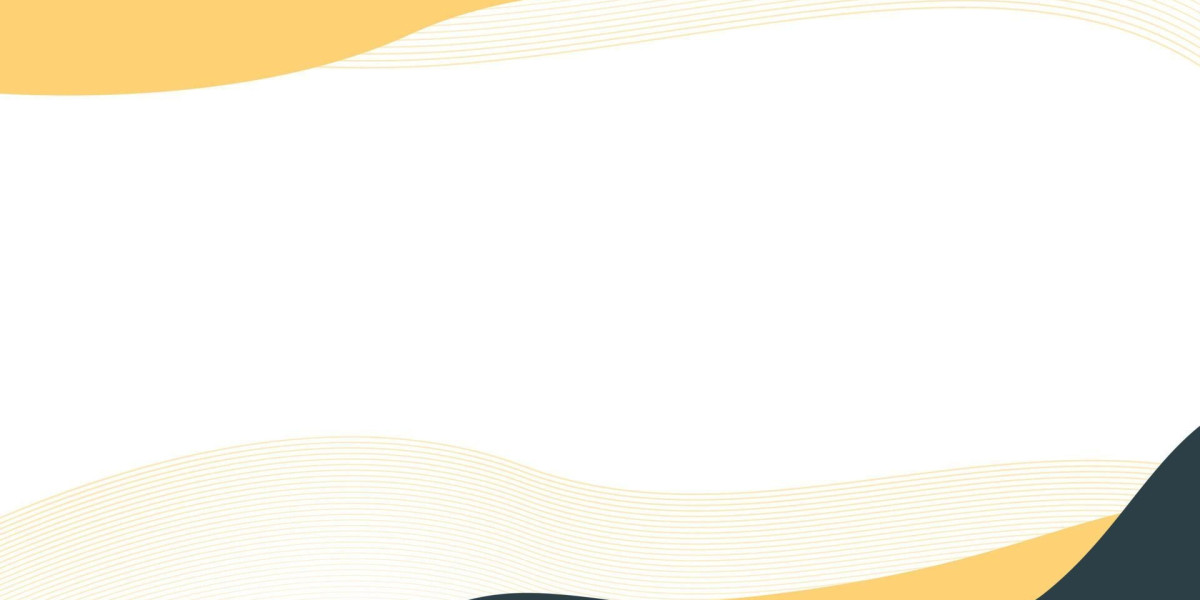I used to think online fraud happened to other people—those who clicked suspicious links or shared passwords too easily. That illusion shattered one ordinary morning when a message arrived claiming to verify a recent purchase. I hadn’t bought anything, yet the email looked legitimate: perfect branding, familiar tone, even my correct name. I hovered over the link and froze. That hesitation probably saved me. It wasn’t intuition alone; it was the accumulation of small lessons I’d learned from reading about digital trust.
In that moment, I realized prevention wasn’t about paranoia—it was about awareness, repetition, and routine. From then on, I decided to document the patterns I noticed, the questions I asked, and the tools I trusted.
The First Lesson: Every Click Is a Contract
After that email scare, I began treating every digital interaction like a handshake agreement. Whenever I registered for a platform or filled out a form, I asked myself what I was promising in return. Usually, it wasn’t just my time—it was my data.
I remember joining a new e-commerce site that advertised unbelievable deals. Before confirming my account, I searched for User Trust Reviews describing real experiences. The absence of genuine feedback told me enough. I backed out before sharing any payment details. That simple search became my first line of defense.
How I Started Building My Personal Audit Routine
I didn’t invent the concept; I adapted it from corporate risk audits. I wrote a short checklist on paper, dividing it into three stages: “Before engagement,” “During interaction,” and “After exposure.”
Before engagement meant researching ownership, scanning for privacy policies, and confirming whether contact information matched registered business databases. During interaction covered payment encryption, communication tone, and delivery transparency. After exposure focused on post-purchase follow-ups—receipts, support, and dispute options.
This habit turned out to be liberating rather than limiting. Instead of fearing every website, I felt grounded in process.
Why I Began Trusting Patterns More Than Promises
One turning point came when I analyzed my inbox. I realized that real companies used consistent domain structures, while fraudulent ones improvised spelling or added extra punctuation. Recognizing that pattern was easier than memorizing every scam format.
I started sharing these observations with friends who weren’t as digitally cautious. The conversations were eye-opening; many assumed fraudsters targeted only big spenders or careless users. In truth, they targeted everyone—especially those who believed they were too smart to fall for it.
That’s when I understood that digital safety wasn’t an individual skill but a collective mindset.
The Day I Discovered the Role of Data Verification
While researching fraud-prevention methods for a work project, I stumbled upon researchandmarkets, a source I used to study how data validation tools were evolving. The reports I read confirmed what I had sensed anecdotally: the biggest risks stemmed not from new scams, but from human overconfidence.
The data showed that even trained professionals could be tricked by tailored phishing tactics if the fraudsters mirrored familiar communication patterns. That reinforced my belief that no one should rely solely on instinct. Data-driven awareness, combined with emotional discipline, created the most reliable protection layer.
When I Tested My Own Vulnerabilities
To understand how easily one could slip, I created a dummy email and subscribed to multiple unknown newsletters. Within days, the inbox flooded with offers, job postings, and “exclusive partnerships.” Out of curiosity, I clicked one link—but within seconds my browser flashed a security alert.
I didn’t lose anything except comfort. Seeing how quickly a wrong move could spiral was sobering. That test reminded me that the web is an ecosystem: your exposure multiplies each time your data circulates. Once shared, it rarely disappears.
From then on, I stopped using my main email for unverified sign-ups. Small structural changes like that made the biggest difference.
How I Started Using Layered Verification
I began implementing layered verification not just in software but in behavior. Whenever I received an offer or claim that seemed attractive, I checked two separate indicators: who endorsed it and who benefited from it.
User Trust Reviews helped again here. Genuine feedback tends to sound specific but balanced—complaints about shipping delays or pricing nuances feel real; generic praise doesn’t. When I compared that pattern across several platforms, I learned to recognize authenticity faster than any automated detector could.
Those small observations built resilience. I wasn’t just reading safety advice—I was living it through repetition.
The Importance of Emotional Neutrality
I noticed that fraud prevention was as much psychological as technical. Scammers aim to evoke emotion: excitement, fear, urgency. I practiced responding to potential triggers with deliberate calm.
Whenever a message claimed, “Your account will be closed today,” I paused and asked, “What evidence supports this?” That single question slowed my reaction enough to avoid impulsive clicks. It’s not dramatic, but it’s powerful. Emotional neutrality became my invisible shield.
How I Began Sharing My Framework with Others
Friends began asking how I stayed alert without feeling paranoid. I told them that prevention works best when shared openly—when we teach rather than warn. I helped a small community group create its own safety routine. Together we refined checklists, compiled verified resources, and discussed scams we’d encountered.
Those meetings transformed my individual vigilance into collective practice. We built something resilient: a circle of accountability that kept learning and adjusting.
Where I Stand Now—and What Comes Next
Years later, I still receive deceptive emails and ads. But I view them differently now: not as threats, but as tests of the systems I’ve built. Every filtered scam reaffirms that vigilance works when maintained consistently.
The digital world will always evolve faster than regulations. Still, I believe the core defense remains simple—awareness, verification, and humility. Each person who slows down before clicking adds another layer of safety for everyone else.







